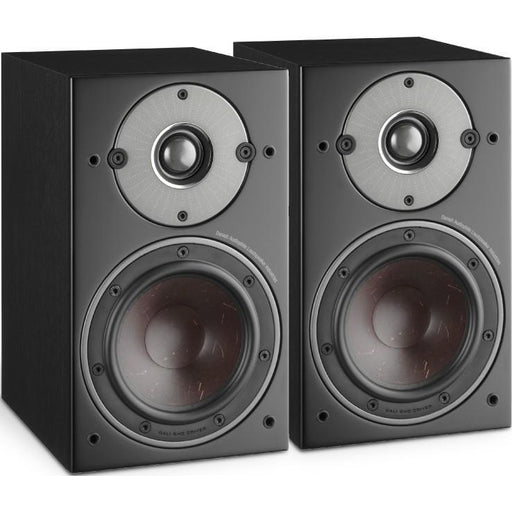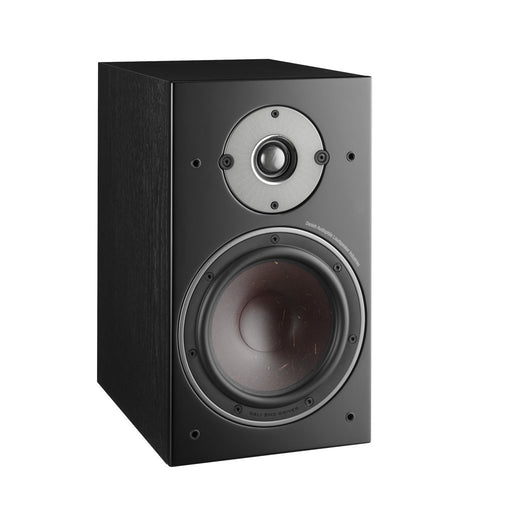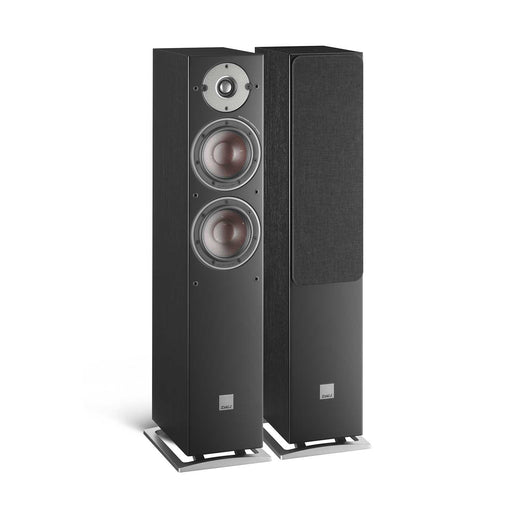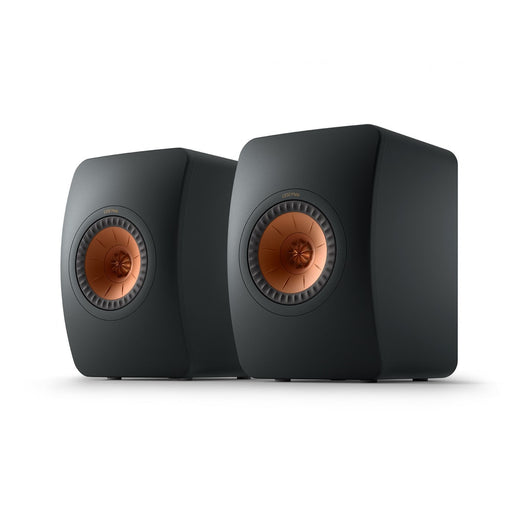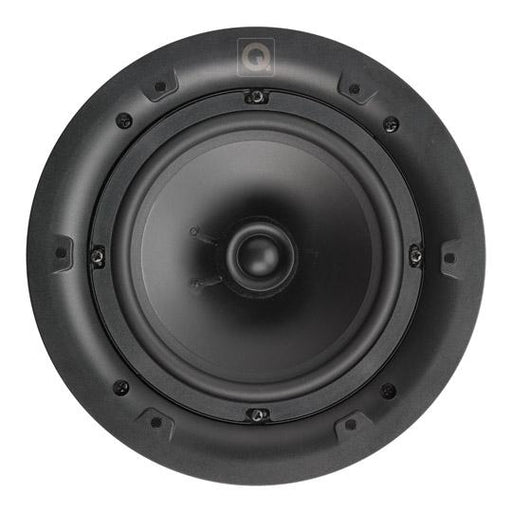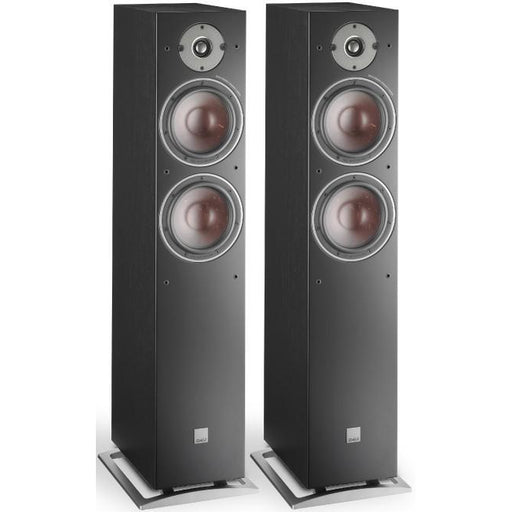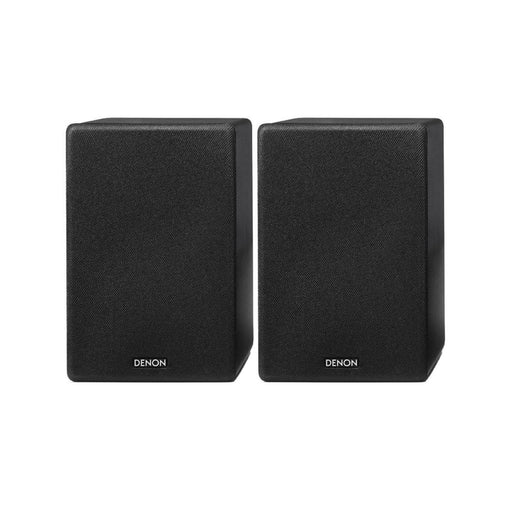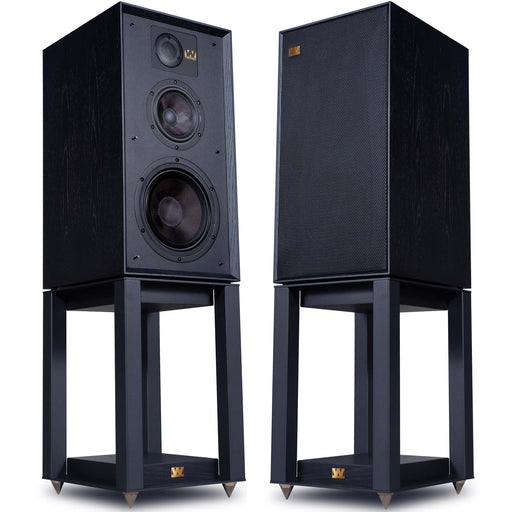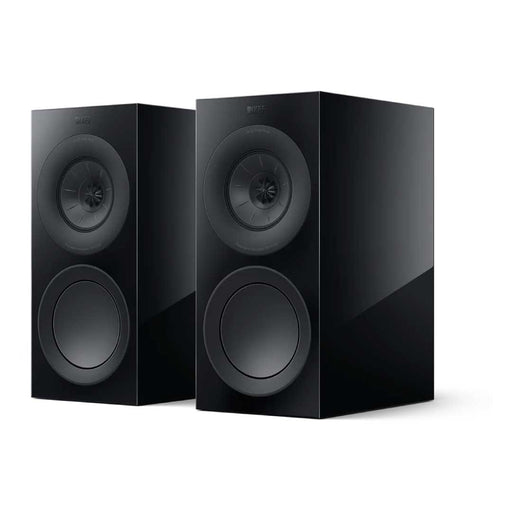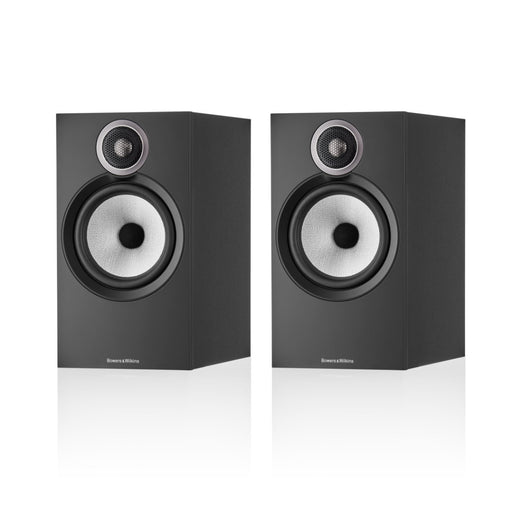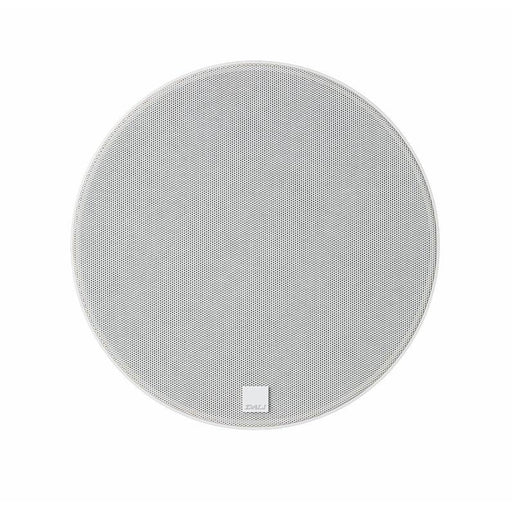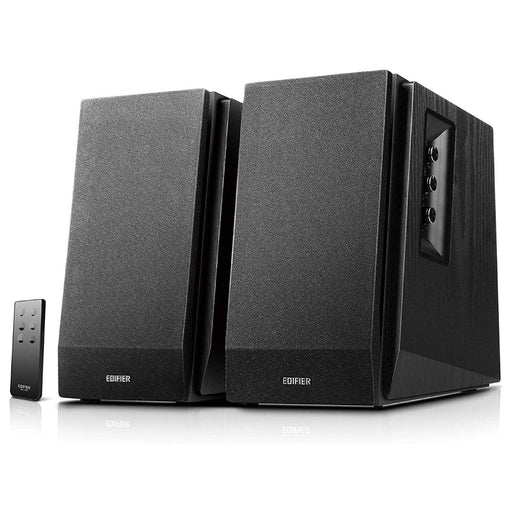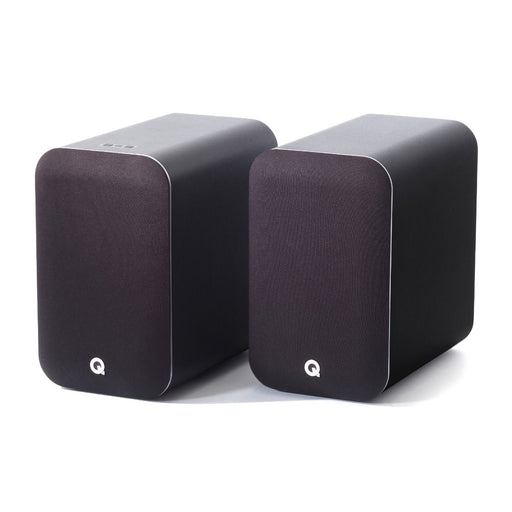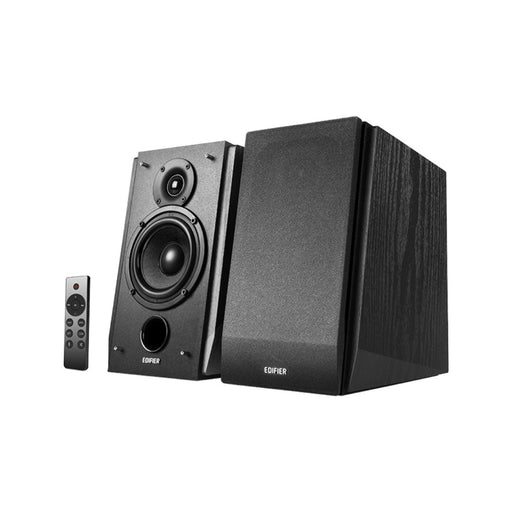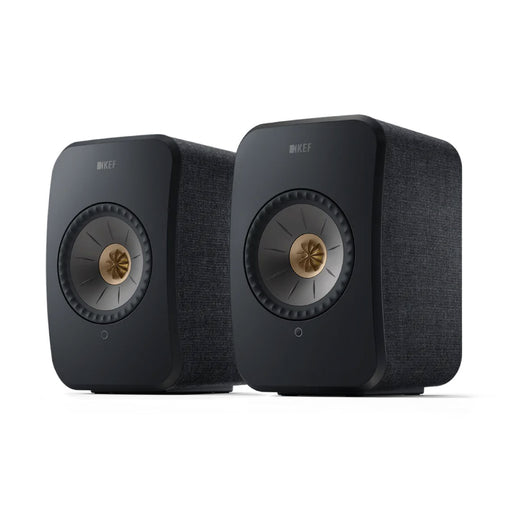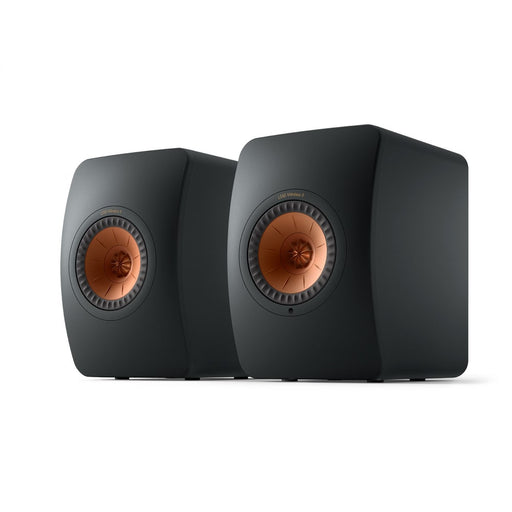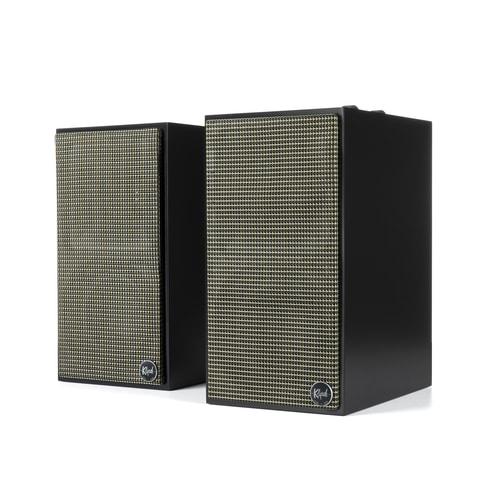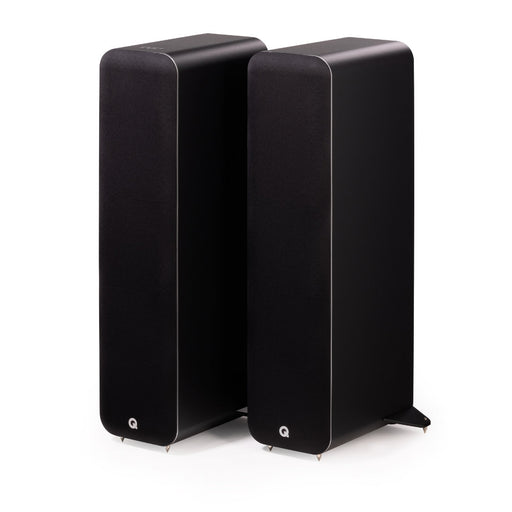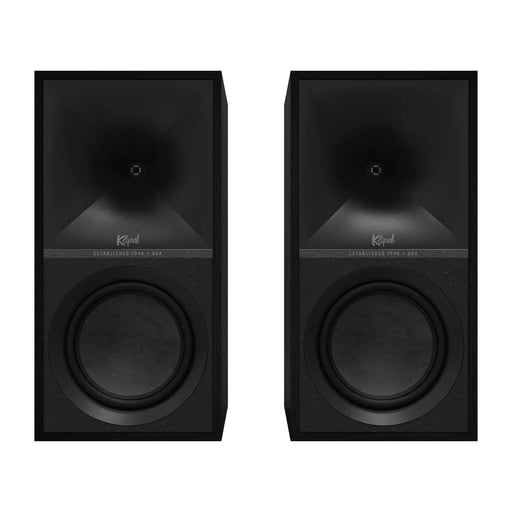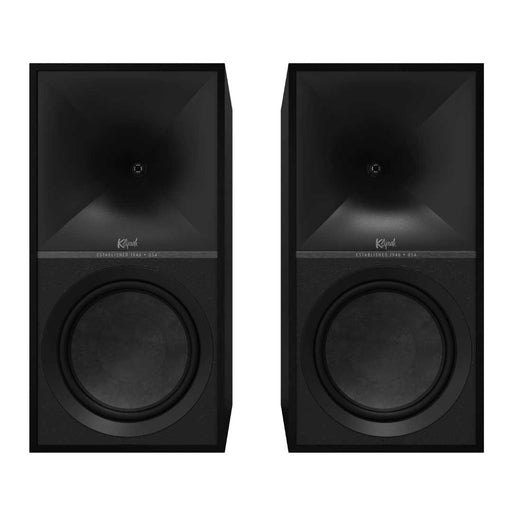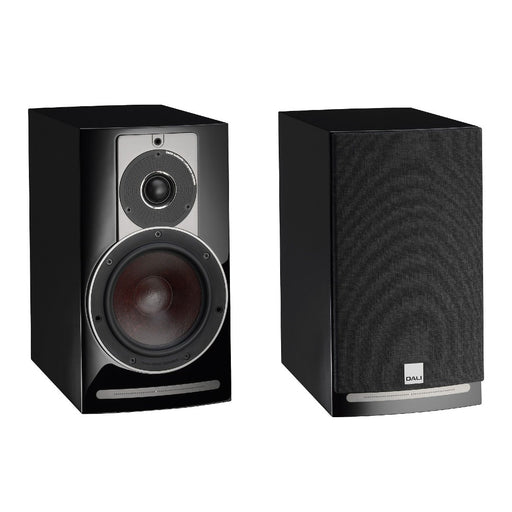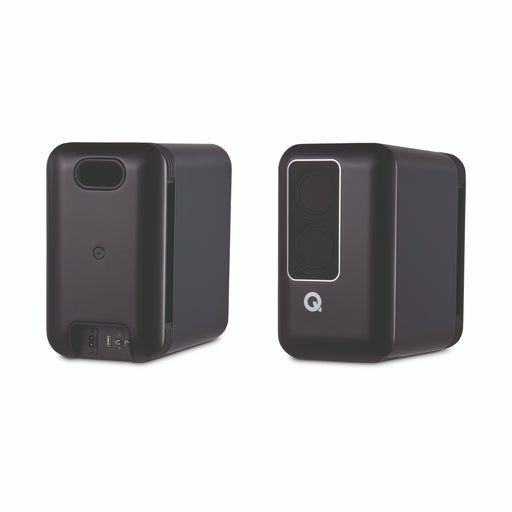Choose Passive Speakers If:
- You're building a traditional hi-fi system and enjoy the flexibility of separate components
- You have space for an amplifier or AV receiver
- You want maximum upgrade flexibility over time
- You're building a multi-room system with a central amplifier
Choose Active Speakers If:
- You want a simple, streamlined setup with minimal components
- You have limited space or prefer a minimalist aesthetic
- You're setting up a desktop or nearfield listening system
The Irish Home Perspective
In Irish homes, where space can be at a premium and modern aesthetics are increasingly valued, active speakers are gaining popularity. They're particularly well-suited to apartments and smaller living spaces. However, for dedicated listening rooms or home cinema setups, passive speakers with a quality amplifier still offer the ultimate in flexibility and performance potential.
The Bottom Line
There's no universally "better" choice between active and passive speakers—it depends entirely on your priorities, space, budget, and how you like to listen to music. Both can deliver exceptional sound quality when properly matched to your room and preferences.
If you're building a system for the long term and enjoy the flexibility of upgrading components, passive speakers are probably your best bet. If you want great sound with minimal fuss and don't mind a more integrated approach, active speakers might be ideal.
The best approach? Visit us at HifiHut where you can audition both types of systems and discover which sounds right to you. Because ultimately, your ears are the best judge.
Have questions about active or passive speakers? Pop into our showroom or get in touch with our team—we're here to help you find the perfect sound for your home.

